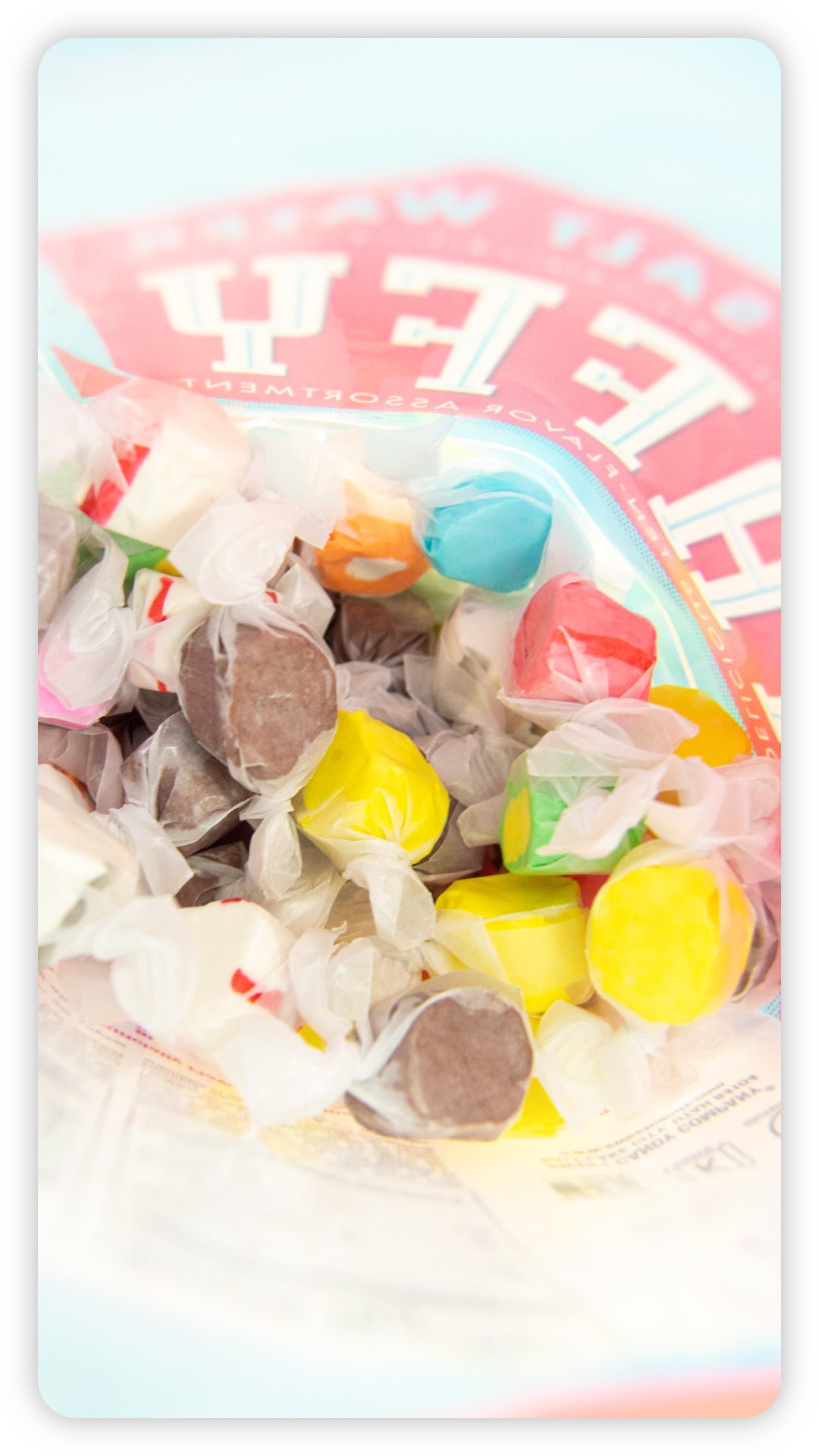The 8-Minute Rule for I Luv Candi
The 8-Minute Rule for I Luv Candi
Blog Article
Not known Factual Statements About I Luv Candi
Table of ContentsThe Definitive Guide for I Luv CandiFacts About I Luv Candi UncoveredFascination About I Luv CandiThe 3-Minute Rule for I Luv CandiAbout I Luv Candi
You can likewise approximate your own earnings by using different presumptions with our financial strategy for a sweet-shop. Typical regular monthly income: $2,000 This sort of sweet-shop is frequently a small, family-run business, probably understood to residents yet not bring in multitudes of travelers or passersby. The shop might supply a selection of common sweets and a few homemade deals with.
The store doesn't generally lug unusual or costly items, concentrating instead on affordable treats in order to preserve routine sales. Presuming an average spending of $5 per client and around 400 clients per month, the regular monthly revenue for this sweet-shop would certainly be around. Average regular monthly revenue: $20,000 This candy store benefits from its strategic area in a hectic urban area, drawing in a huge number of clients searching for sweet extravagances as they go shopping.

In addition to its diverse candy selection, this store could likewise market relevant items like gift baskets, sweet arrangements, and uniqueness things, giving multiple earnings streams. The shop's location calls for a greater allocate rental fee and staffing however leads to higher sales quantity. With an estimated average spending of $10 per customer and concerning 2,000 consumers per month, this store can produce.
What Does I Luv Candi Do?
Found in a major city and visitor destination, it's a huge facility, commonly spread over several floorings and perhaps component of a nationwide or worldwide chain. The store supplies a tremendous variety of sweets, including unique and limited-edition things, and product like well-known garments and accessories. It's not simply a shop; it's a destination.
The functional expenses for this type of store are significant due to the location, size, personnel, and features supplied. Assuming a typical acquisition of $20 per customer and around 2,500 customers per month, this flagship store can attain.
Category Examples of Expenditures Ordinary Month-to-month Cost (Variety in $) Tips to Minimize Expenditures Lease and Utilities Shop rental fee, electricity, water, gas $1,500 - $3,500 Think about a smaller sized location, discuss rental fee, and use energy-efficient illumination and devices. Supply Candy, treats, product packaging materials $2,000 - $5,000 Optimize supply management to decrease waste and track preferred things to stay clear of overstocking.
Our I Luv Candi Ideas
Advertising And Marketing and Advertising Printed products, online advertisements, promos $500 - $1,500 Emphasis on economical digital marketing and utilize social media sites systems completely free promotion. Insurance policy Organization responsibility insurance coverage $100 - $300 Search for competitive insurance coverage rates and think about packing plans. Tools and Maintenance Sales register, show racks, repairs $200 - $600 Buy used tools when feasible and carry out regular maintenance to extend tools life-span.

This implies that the sweet store has actually reached a point where it covers all its fixed expenses and begins creating earnings, we call it the breakeven point. Think about an example of a candy shop where the monthly fixed prices usually total up to around $10,000. A rough quote for the breakeven factor of a sweet store, would certainly after that be around (given that it's the complete set cost to cover), or selling in between with a rate series of $2 to $3.33 each.
9 Easy Facts About I Luv Candi Described
A huge, well-located sweet store would certainly have a greater breakeven point than a small store that does not need much profits to cover their costs. Curious regarding the earnings of your sweet-shop? Attempt out our user-friendly financial strategy crafted for sweet-shop. Just input your very own presumptions, and it will assist you determine the quantity her response you require to make in order to run a successful company - da bomb.
One more hazard is competition from various other sweet-shop or bigger sellers that might offer a bigger range of products at lower costs (https://iluvcandiau.blog.ss-blog.jp/2024-03-28?1711583916). Seasonal variations in need, like a decrease in sales after vacations, can likewise impact productivity. In addition, changing customer choices for much healthier treats or nutritional limitations can minimize the appeal of conventional candies
Financial downturns that decrease consumer investing can affect sweet shop sales and earnings, making it vital for candy stores to handle their expenditures and adapt to transforming market problems to stay profitable. These dangers are usually consisted of in the SWOT evaluation for a sweet shop. Gross margins and net margins are crucial indicators made use of to determine the productivity of a sweet-shop business.
The Ultimate Guide To I Luv Candi
Basically, it's the profit continuing to be after deducting costs straight pertaining to the sweet stock, such as acquisition costs from distributors, production expenses (if the sweets are homemade), and staff incomes for those associated with production or sales. https://www.domestika.org/en/iluvcandiau. Net margin, alternatively, consider all the costs the sweet-shop incurs, including indirect prices like administrative costs, marketing, rental fee, and taxes
Candy stores typically have an ordinary gross margin.For instance, if your sweet store earns $15,000 per month, your gross revenue would certainly be roughly 60% x $15,000 = $9,000. Think about a candy shop that marketed 1,000 candy bars, with each bar priced at $2, making the total profits $2,000.
Report this page